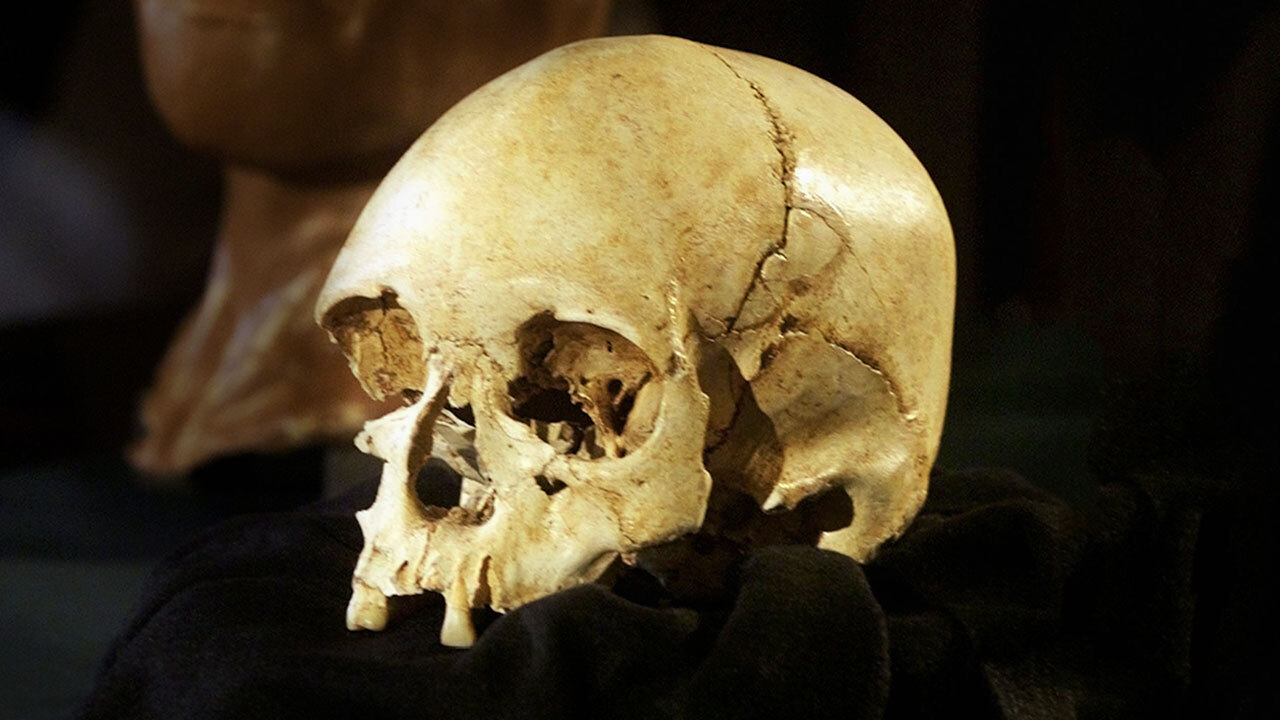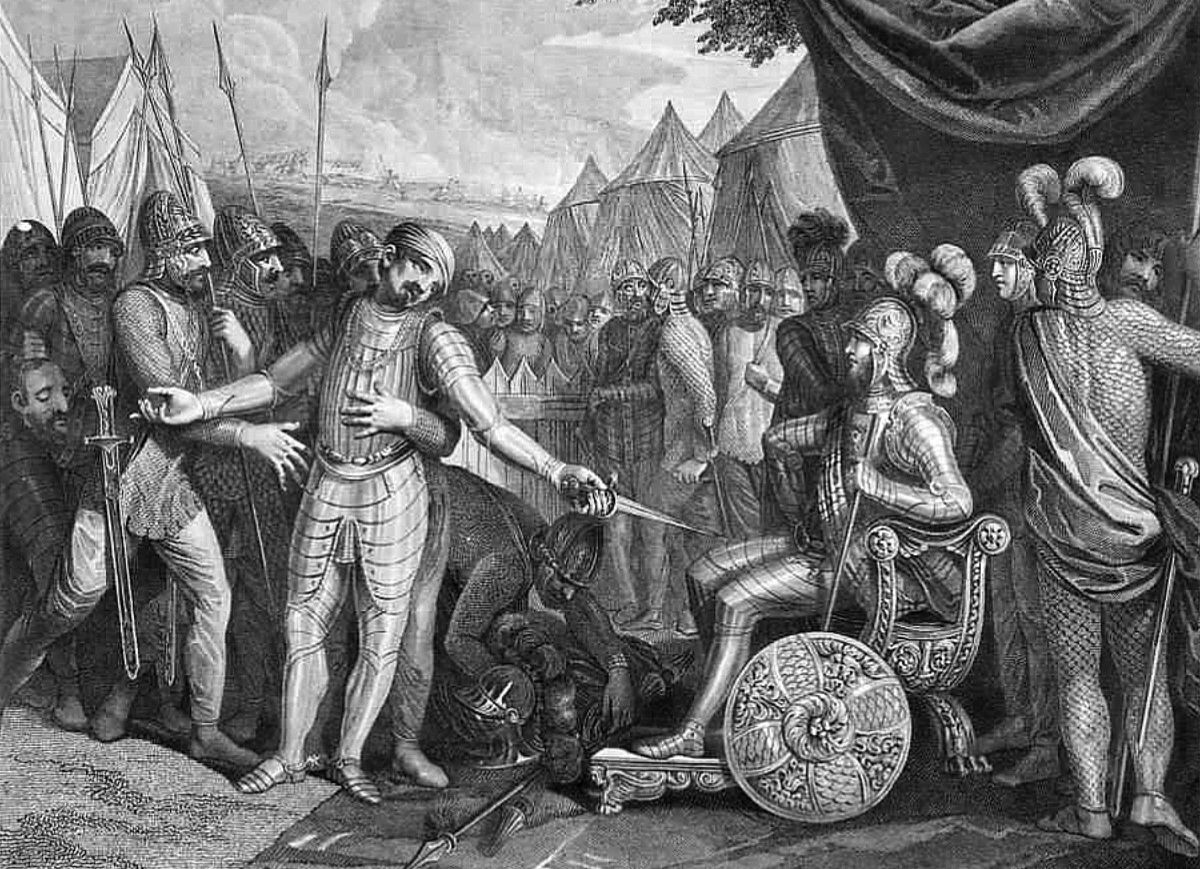
Did you know that the oldest North American DNA dates back over 14,000 years? This incredible discovery sheds light on the ancient inhabitants of the continent. Unearthed in a cave in Oregon, these remains belong to a group known as the Western Stemmed Tradition. Their DNA provides a glimpse into the lives of the first people to call North America home. Scientists have used this genetic information to trace migration patterns, revealing connections between these early settlers and modern Native American tribes. This ancient DNA not only tells us about the past but also helps us understand the rich cultural heritage that has shaped North America.
Key Takeaways:
- The discovery of the oldest North American DNA has given us a glimpse into the lives of ancient peoples, reshaping our understanding of migration, culture, and evolution on the continent.
- The Ancient Beringians' DNA provides insights into early human history, challenging previous theories and opening new avenues for future research. It also highlights the importance of preserving archaeological sites and interdisciplinary collaboration.
Oldest North American DNA: A Glimpse into the Past
The discovery of the oldest North American DNA has provided a fascinating window into the lives of ancient peoples. These findings have reshaped our understanding of migration, culture, and evolution on the continent.
The Discovery
The unearthing of ancient DNA has been a game-changer for archaeologists and geneticists. Here are some key facts about this groundbreaking discovery:
- The oldest DNA found in North America dates back approximately 14,000 years.
- This DNA was extracted from the remains of a young girl discovered in a cave in Alaska.
- The remains were found in the Upward Sun River site, a significant archaeological location.
- The girl, named Xach'itee'aanenh T'eede Gaay, belonged to a previously unknown population called the Ancient Beringians.
- This discovery was made in 2013 but took several years of analysis to confirm its significance.
Significance of the Findings
Understanding the implications of these findings helps us piece together the puzzle of human history in North America.
- The Ancient Beringians are believed to be one of the first groups to migrate from Asia to North America.
- Their DNA shows a unique genetic lineage distinct from other Native American groups.
- This discovery supports the theory that there were multiple waves of migration into North America.
- The Ancient Beringians likely lived in isolation for thousands of years before other groups arrived.
- This isolation allowed them to develop unique cultural and genetic traits.
Migration Patterns
The DNA findings have provided new insights into the migration patterns of ancient peoples.
- The Bering Land Bridge, which connected Asia and North America, was a crucial migration route.
- This land bridge existed during the last Ice Age when sea levels were much lower.
- The Ancient Beringians likely crossed this bridge around 20,000 years ago.
- They settled in Alaska and remained there for several millennia.
- Other groups eventually followed, leading to the diverse Native American populations we see today.
Cultural Insights
The DNA findings also shed light on the cultural practices of these ancient peoples.
- The Ancient Beringians were hunter-gatherers, relying on the rich resources of their environment.
- They likely hunted large game such as mammoths and bison.
- Their tools and artifacts show advanced craftsmanship for their time.
- The burial practices observed at the Upward Sun River site suggest complex spiritual beliefs.
- The discovery of the girl's remains alongside grave goods indicates a form of ritualistic burial.
Technological Advances
The ability to extract and analyze ancient DNA has been made possible by significant technological advances.
- Modern DNA sequencing techniques allow scientists to study genetic material thousands of years old.
- These techniques can identify even the smallest fragments of DNA.
- Advances in radiocarbon dating help determine the age of ancient remains with high precision.
- Collaboration between geneticists, archaeologists, and anthropologists has been crucial in interpreting the data.
- The use of computer models helps reconstruct ancient migration routes and population dynamics.
Broader Implications
The discovery of the oldest North American DNA has broader implications for our understanding of human history.
- It challenges previous theories about the timing and routes of human migration into the Americas.
- The findings suggest that North America was populated earlier than previously thought.
- This discovery highlights the importance of preserving archaeological sites for future research.
- It underscores the value of interdisciplinary collaboration in uncovering our past.
- The study of ancient DNA can provide insights into the health and diseases of ancient populations.
Future Research
The discovery of the oldest North American DNA opens up new avenues for future research.
- Scientists hope to find more ancient remains to build a clearer picture of early human migration.
- Further analysis of the Ancient Beringians' DNA could reveal more about their lifestyle and health.
- Comparing this DNA with that of other ancient populations can help trace the evolution of genetic traits.
- Advances in technology will continue to improve our ability to study ancient DNA.
- Ongoing research may uncover more about the interactions between different ancient populations.
Conclusion
The discovery of the oldest North American DNA has revolutionized our understanding of early human history on the continent. It has provided valuable insights into migration patterns, cultural practices, and technological advances. As research continues, we can expect to learn even more about the ancient peoples who once roamed North America.
- The Ancient Beringians' DNA has been preserved in the cold Alaskan environment, aiding its discovery.
- This discovery has sparked interest in other potential archaeological sites in North America.
- The study of ancient DNA is a rapidly evolving field, with new discoveries being made regularly.
The Final Word on Ancient North American DNA
Ancient North American DNA offers a fascinating glimpse into the continent's early inhabitants. These genetic clues help us understand migration patterns, cultural exchanges, and even the diets of ancient peoples. By studying this DNA, scientists have uncovered connections between modern Native American tribes and their ancestors, revealing a rich tapestry of history that spans thousands of years.
This research not only enriches our knowledge of the past but also strengthens the cultural identity of Native American communities today. It’s a reminder of the deep roots and enduring legacy of the first peoples of North America. As technology advances, we can expect even more discoveries that will continue to reshape our understanding of human history on this continent.
So, next time you think about ancient North America, remember the incredible stories hidden in its DNA. They’re more than just facts; they’re the threads that weave our shared history.
Frequently Asked Questions
Was this page helpful?
Our commitment to delivering trustworthy and engaging content is at the heart of what we do. Each fact on our site is contributed by real users like you, bringing a wealth of diverse insights and information. To ensure the highest standards of accuracy and reliability, our dedicated editors meticulously review each submission. This process guarantees that the facts we share are not only fascinating but also credible. Trust in our commitment to quality and authenticity as you explore and learn with us.


